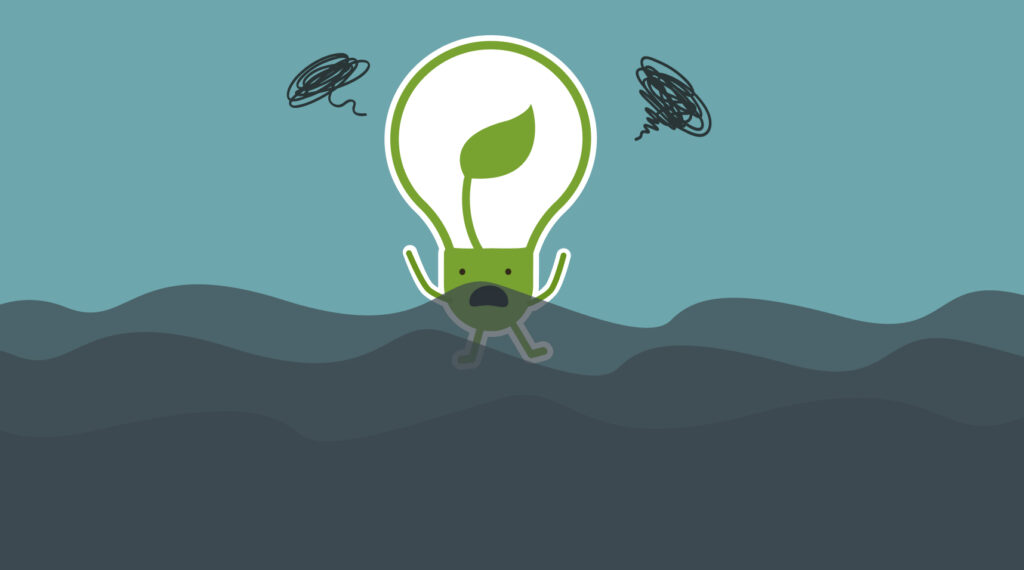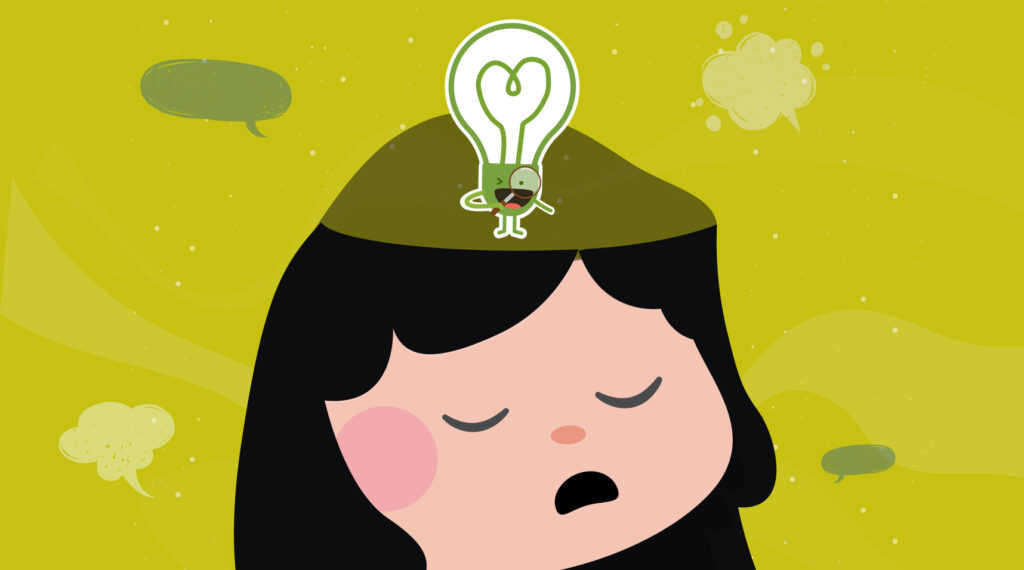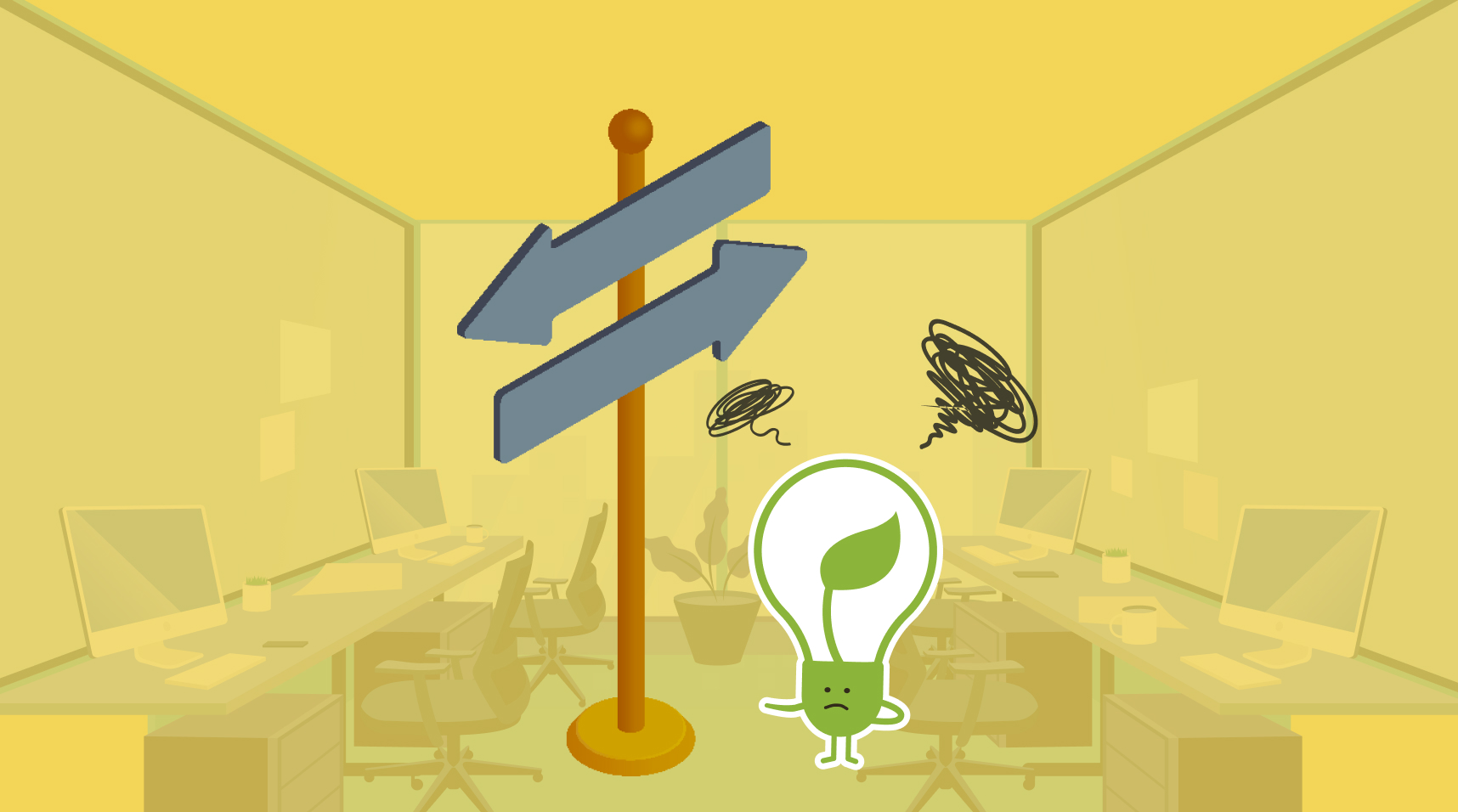Editor’s note:
Does applying Buddhist principles of compassion and kindness make you a walking doormat at the workplace? PJ Teh, a former Strategic Planning manager at, EDB, challenges that view and gives us points to ponder under this mini-article series.
TLDR: How often do we rush into making decisions and end up making more mistakes? Using the four noble truths and understanding the mental hindrances might be a useful framework for your next decision at work
Underlying the entire Buddhist practise is this principle: the most effective way to deal with reality, is to understand reality as it actually is (rather than the reality you deny or wish otherwise).
Using the Four Noble Truths as a framework
If you read the Four Noble Truths, it is basically a form of root cause analysis, with the aim of getting as close as possible to the underlying reality:
- What is the symptom? Suffering exists
- What’s the cause of the symptom? Wanting or craving causes suffering.
- What happens when the cause is removed? Suffering ceases aka perfect happiness exists
- How do you get there? Use an empirically proven solution (Eightfold Path) that removes the causes of wanting and suffering.
And this four-fold approach can be applied to many problems at the work. Say, you have a problem that your company is not iNNoVatIve (pronounced in as pretentious a way as possible) enough.
Let me illustrate with a made-up example:
- What is the symptom? – We have no new products in the past.
- What’s the cause of the symptom? – We have no product innovation team. Nobody has time to work on new products. Everyone is overworked.
- What happens when the cause is removed? – After introducing a 4-day workweek, we now have a lot of new products.
- How do you get there? – Continue with the 4-day workweek.
In practice, steps 2, 3 and 4 will likely be iterative, as you work through and figure out which possible causes are really material or not.
But the example above illustrates that the Four Truths framework can be applied to almost any problem, as a diagnostic framework.
Our tendency to dive in

When we look at issues and matters, we tend to dive into the issue and matter. However, besides the issues and matters, the other half of the equation is how are you looking at the matter, and how is your mind when you’re looking at it?
You can think of it as a causal arrow: your mind <- five senses <- the issue and matter. Looking at our mental state is examining reality from the other end of this causal chain. And if your mind is affected, that affects the accuracy of one’s understanding of the information being transmitted and received.
Again, the Buddha has a set of similes that vividly describe how the mind is when defiled by the Five hindrances. When that happens, you’re not capable of looking at things as they truly are (full sutta here), much like a bowl of water has become unclear and un-still, and cannot accurately reflect a person’s reflection:
Suppose there was a bowl of water that was mixed with a dye such as red lac, turmeric, indigo, or rose madder. Even a person with good eyesight checking their own reflection wouldn’t truly know it or see it….In the same way, when your heart is overcome and mired in sensual desire … Even hymns that are long-practiced don’t spring to mind, let alone those that are not practised…
Suppose there was a bowl of water that was heated by fire, boiling and bubbling. Even a person with good eyesight checking their own reflection wouldn’t truly know it or see it…In the same way, when your heart is overcome and mired in ill will … Even long-practised hymns don’t spring to mind, let alone those that are not practised…
Suppose there was a bowl of water overgrown with moss and aquatic plants. Even a person with good eyesight checking their own reflection wouldn’t truly know it or see it…In the same way, when your heart is overcome and mired in dullness and drowsiness… Even hymns that are long-practiced don’t spring to mind, let alone those that are not practised….
Suppose there was a bowl of water that was stirred by the wind, churning, swirling, and rippling. Even a person with good eyesight checking their own reflection wouldn’t truly know it or see it. In the same way, when your heart is overcome and mired in restlessness and remorse… Even hymns that are long-practiced don’t spring to mind, let alone those that are not practised.
Suppose there was a bowl of water that was cloudy, murky, and muddy, hidden in the darkness. Even a person with good eyesight checking their own reflection wouldn’t truly know it or see it…In the same way, when your heart is overcome and mired in doubt … Even hymns that are long-practiced don’t spring to mind, let alone those that are not practised.
Without your mind in the right state, it is very hard to “truly know it or see it“, whatever it may be.
Check before you decide!

So it is important to check your mind for defilements before you decide. If one’s mind isn’t in the right mental state, then it is important to take steps to apply the necessary antidote, and have a clear mind before making any big decisions.
Miss the first article on ‘Choosing your workplace’? Click here to check it out!
Wise Steps:
- Know your mind, and be aware of the emotions or defilements that are present. How is your mind now: what defilements are present or absent?
- Try to apply the Four Noble Truths’ approach to diagnosing the root causes of tough situations. What is the symptom, the probable cause of the symptom? And what happens when the cause is removed?
- Check your mind state before deciding: it will reduce the probability of making bad decisions!


